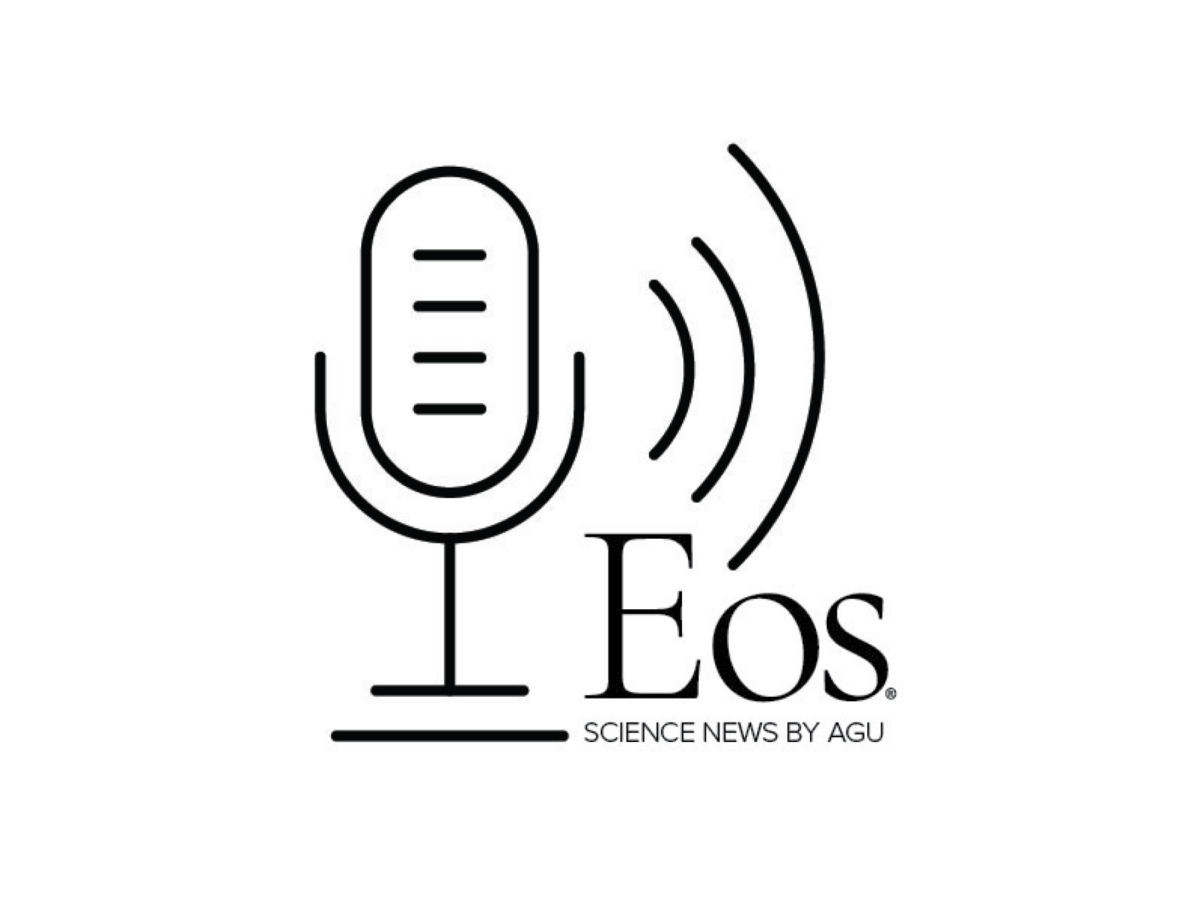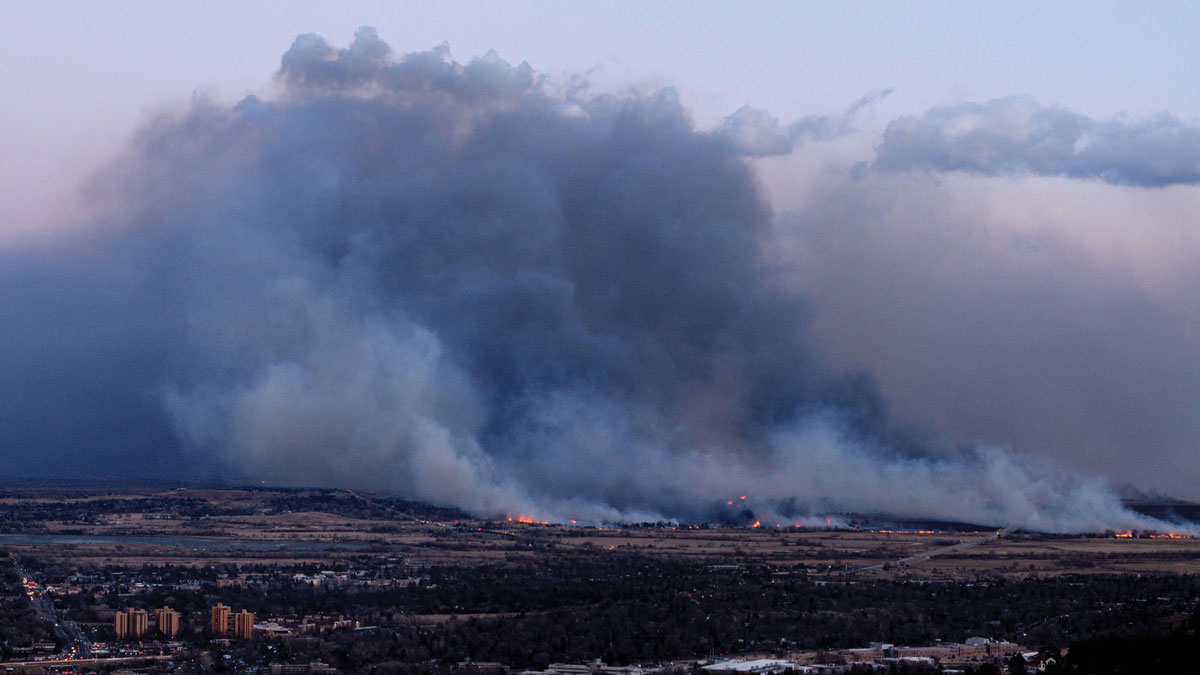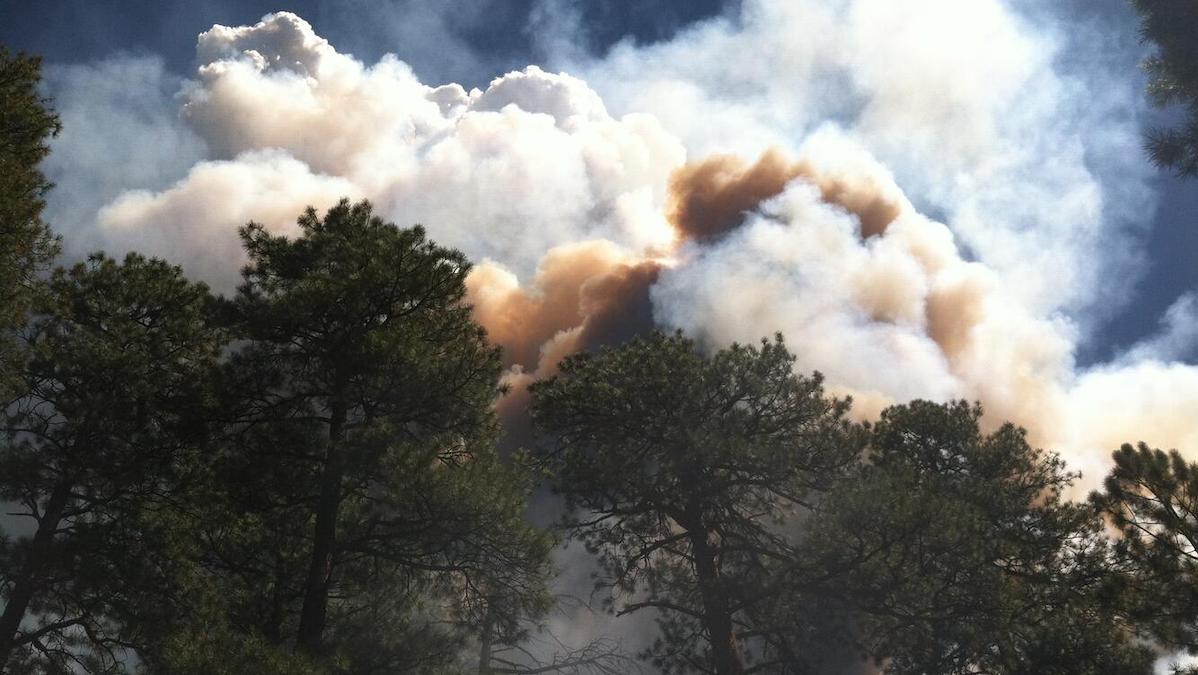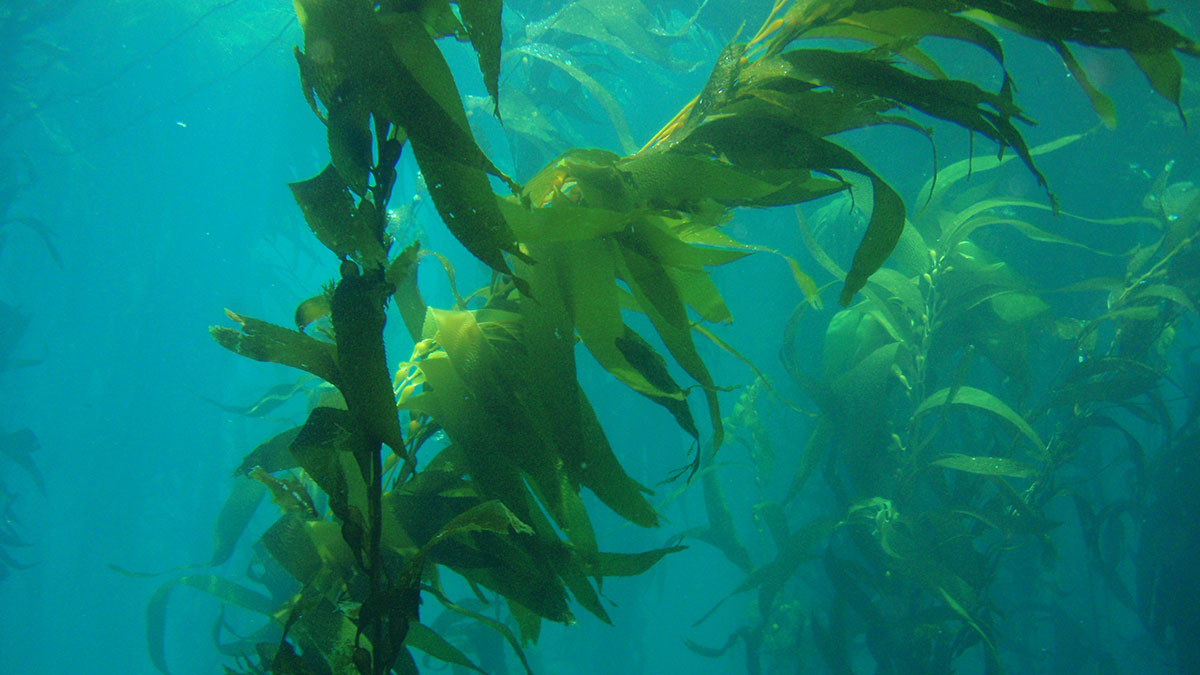Most Americans think climate change plays some role in creating extreme weather, though their perceptions didn’t always align with scientists’.
wildfires
A Powerful New Model for U.S. Climate–Air Quality Interactions
NOAA’s Geophysical Fluid Dynamics Laboratory has developed a new variable-resolution global chemistry-climate model for research at the nexus of U.S. climate and air quality extremes.
Does Soil Sound Different After It’s Burned?
Yes, but not quite the way researchers expected it to.
When Fieldwork Comes Home
The impacts of the 2021 Marshall Fire rippled through a community of Colorado geoscientists, spurring them to action.
Foundations in Hazards and Disasters for Undergraduate Students
A new textbook for undergraduates explores different types of natural hazards and disasters through foundational scientific knowledge, engaging case studies, and mitigation strategies.
Forecasters Expect Slow Start to U.S. Wildfire Season
A wet spring in the United States will dampen early fires, but some regions will see elevated risk this summer.
The Crocodile Dundee Site Helping Rewrite the History of Australian Bushfires
A lake made famous by Hollywood has yielded powerful new evidence that humans have conducted controlled burns on the Red Continent for tens of thousands of years.
The Open Ocean, Aerosols, and Every Other Breath You Take
Phytoplankton and other marine plants produce half of Earth’s atmospheric oxygen and have big effects on food webs and climate. To do so, they rely on nutrients from the sky that are hard to quantify.
Pre-Season Wet Soil Produces Fire-Prone Conditions
The SMAP satellite shows that wetter-than-normal soil five months prior to wildfires in the western United States increases fuel availability and fire activity when desiccation occurs.
Cuando los bosques en la tierra arden, los bosques submarinos sienten el impacto
El kelp es un hábitat, un sumidero de carbono y un agente aglomerante en tu helado. Pero estudios recientes muestran que los bosques de kelp en California son afectados por el destino de sus contrapartes sobre tierra.










